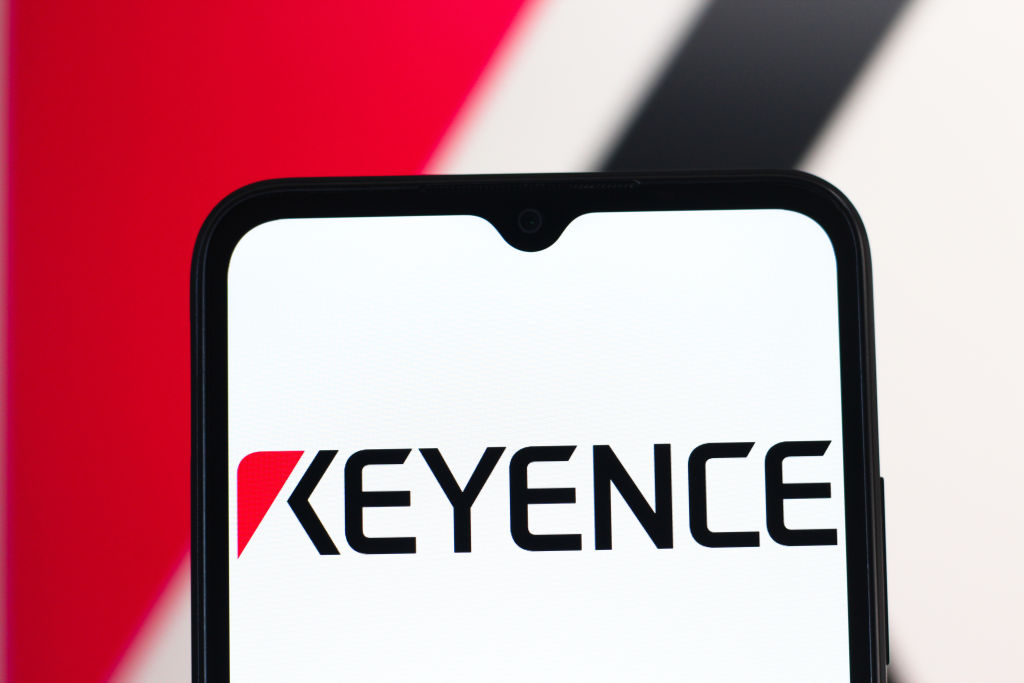The rising stars of Aim, London's junior stockmarket
Aim, the LSE’s junior market, may in time overtake the FTSE 100 as the benchmark of our new economy, says Matthew Lynn.


Boohoo has just bought department-store chain Debenhams. By the time you read this Asos may well have bought Topshop. As the dust settles on those deals, people will be pointing out that it symbolises a changing of the guard in retailing, with the brash new internet-based companies snapping up some of the grandest, or at least in the case of Topshop, snazziest names in the business. That is true. But it symbolises something else as well, which may be more surprising, and may matter more in the medium term: the stars of the Aim market are starting to overtake the giants of the FTSE.
Two remarkable success stories
Boohoo is a remarkably successful business. Founded in 2006, it has swept up much of the fast-fashion market, with a range of different brands and imaginative marketing. It has revenues of close on £1bn a year and is now valued at £4.4bn. With the Debenhams brand, shorn of all the department stores that will now be closed, it can start moving into a more mature market, introducing itself to the mums of its core customers. Whether that works remains to be seen – but it would be hard to bet against a business that has come such a long way in a short space of time.
Asos is just as successful. Founded in 2000, over the last 20 years it has established itself as the leading online fashion retailer in the UK. It had sales of £2.5bn last year and profits of more than £25m. It already has a market value of close to £5bn, and if it makes a success of Topshop that will no doubt go even higher.
MoneyWeek
Subscribe to MoneyWeek today and get your first six magazine issues absolutely FREE

Sign up to Money Morning
Don't miss the latest investment and personal finances news, market analysis, plus money-saving tips with our free twice-daily newsletter
Don't miss the latest investment and personal finances news, market analysis, plus money-saving tips with our free twice-daily newsletter
Both deals will transform the way retailing works. The web companies are in the driving seat, and physical shops are now just brands, or a marketing tool for selling more stuff on the web. If the high street and retail malls survive at all, it may simply be as marketing machines for the likes of Asos and Boohoo.
Both Boohoo and Asos are traded on Aim, not the main market. But both are worth more than £4bn. Measured by market value, they should be in the FTSE already by now, or at the least very close to it. Nor are they alone. Aim is also home to plenty of other fast-growing companies – such as, for example, the drinks maker Fever-Tree, which is already worth £2.5bn. When Aim was established, the idea was that it would be a more lightly regulated home for new, expanding companies, often in technology. It would be a British version of the Nasdaq. For a long time, it didn’t come anywhere close to that. There weren’t many listings, and the few there were didn’t really go anywhere. In the last year that has really started to change.
The contrast with the FTSE is getting more painful all the time. It hosts very few growth businesses and is mostly a collection of declining oil giants, stagnant tobacco companies, banks that are struggling to keep up with technology, and retailers trying to figure out how to respond to the internet. That might start to change this year with some of the initial public offerings (IPOs) that are in the pipeline, as this column explored last week. If the likes of Checkout and Revolut come to the market, and bounce straight into the FTSE, then it will be a little more exciting.
Aim is where the action is
But Aim is already getting there. It is the place where you are more likely to find businesses that are expanding, exploring new markets, and generating exceptional returns for their share-holders. In many ways, the US has witnessed the same trend. Nasdaq has for years had a lot more zip than the S&P 500. Over the last decade, it became the index that people watched most closely, and the media quoted, as representative of the American economy.
True, there may be pressure to get those Aim companies to switch to the main market, but there are lots of regulatory obstacles to making that happen. Instead we might just have to get used to quoting Aim as the main UK index. It is a lot more representative of the fastest-growing parts of the British economy. It performs better too – and is a lot more fun to follow.
Get the latest financial news, insights and expert analysis from our award-winning MoneyWeek team, to help you understand what really matters when it comes to your finances.
Matthew Lynn is a columnist for Bloomberg, and writes weekly commentary syndicated in papers such as the Daily Telegraph, Die Welt, the Sydney Morning Herald, the South China Morning Post and the Miami Herald. He is also an associate editor of Spectator Business, and a regular contributor to The Spectator. Before that, he worked for the business section of the Sunday Times for ten years.
He has written books on finance and financial topics, including Bust: Greece, The Euro and The Sovereign Debt Crisis and The Long Depression: The Slump of 2008 to 2031. Matthew is also the author of the Death Force series of military thrillers and the founder of Lume Books, an independent publisher.
-
 Why it’s time to look to the market for retirement savings
Why it’s time to look to the market for retirement savings -
 Two million taxpayers to be hit by £100k tax trap by 2026/27
Two million taxpayers to be hit by £100k tax trap by 2026/27Frozen thresholds mean more people than ever are set to pay an effective income tax rate of 60% as their earnings increase beyond £100,000. We look at why, as well as how you can avoid being caught in the trap.
-
 The rise and fall of Nicolás Maduro, Venezuela's ruthless dictator
The rise and fall of Nicolás Maduro, Venezuela's ruthless dictatorNicolás Maduro is known for getting what he wants out of any situation. That might be a challenge now
-
 Polar Capital: a cheap, leveraged play on technology
Polar Capital: a cheap, leveraged play on technologyPolar Capital has carved out a niche in fund management and is reaping the benefits
-
 Vaccines inject billions into Big Pharma – how to profit from the sector
Vaccines inject billions into Big Pharma – how to profit from the sectorThe vaccines subsector received a big fillip from Covid, but its potential extends far beyond combating pandemics. Here's what it means for investors
-
 'Investors should keep putting their trust in investment trusts'
'Investors should keep putting their trust in investment trusts'Interview Peter Walls, manager of the Unicorn Mastertrust fund, analyses investment trusts in a conversation with Andrew Van Sickle
-
 Monks Investment Trust is worthy of the spotlight
Monks Investment Trust is worthy of the spotlightMonks Investment Trust, a global growth trust, sits in the shadow of its stablemate, Scottish Mortgage. But its record warrants attention, says Max King
-
 New year, same market forecasts
New year, same market forecastsForecasts from banks and brokers are as bullish as ever this year, but there is less conviction about the US, says Cris Sholto Heaton
-
 'Expect more policy U-turns from Keir Starmer'
'Expect more policy U-turns from Keir Starmer'Opinion Keir Starmer’s government quickly changes its mind as soon as it runs into any opposition. It isn't hard to work out where the next U-turns will come from
-
 Why does Donald Trump want Venezuela's oil?
Why does Donald Trump want Venezuela's oil?The US has seized control of Venezuelan oil. Why and to what end?
